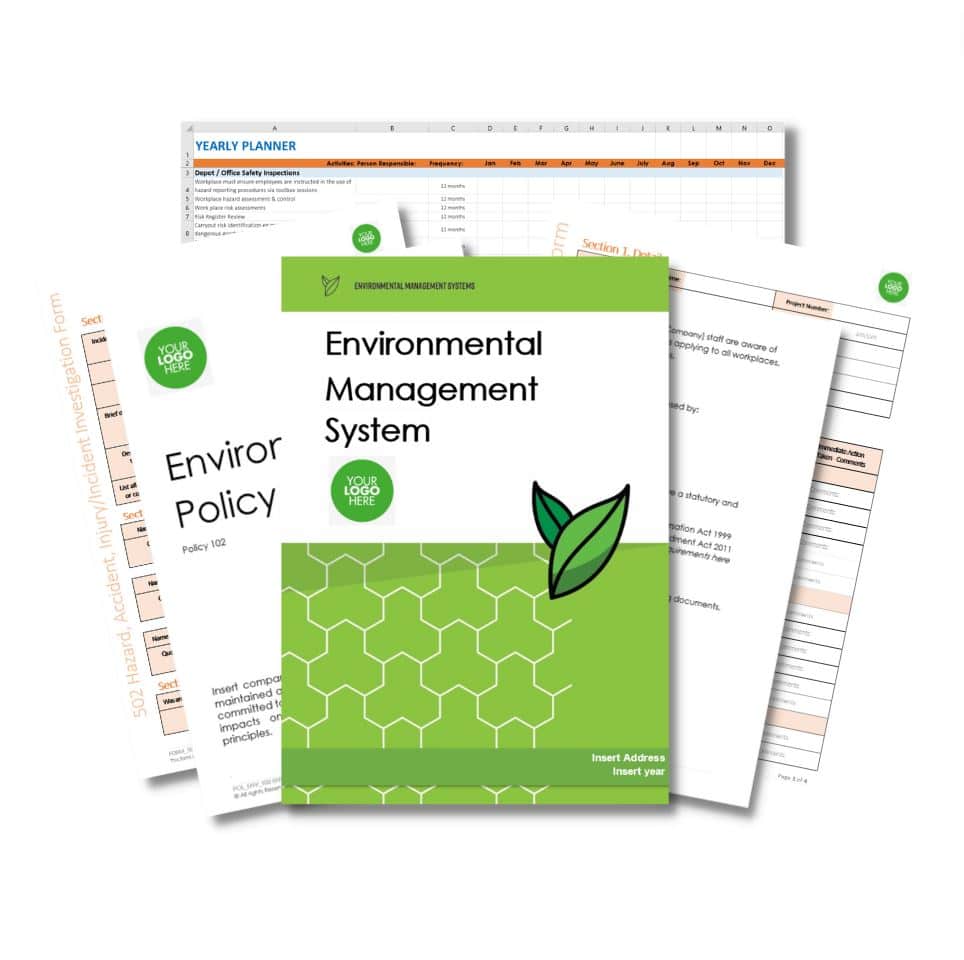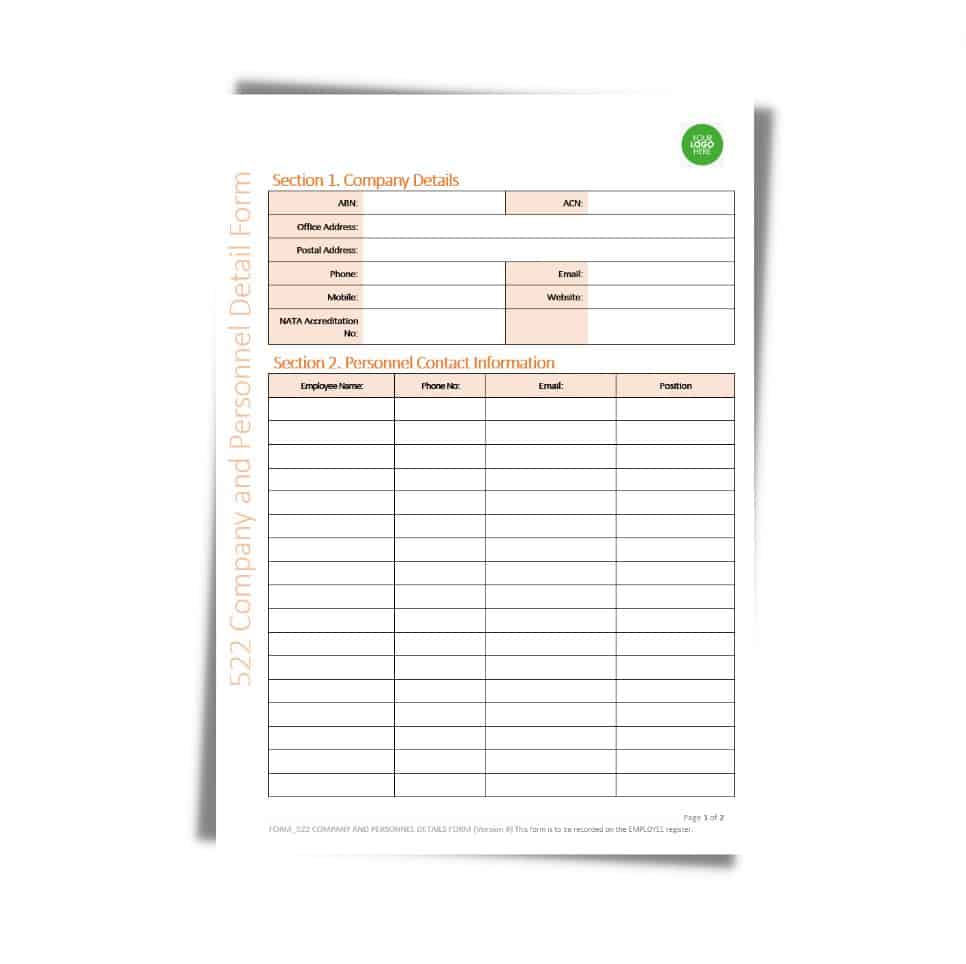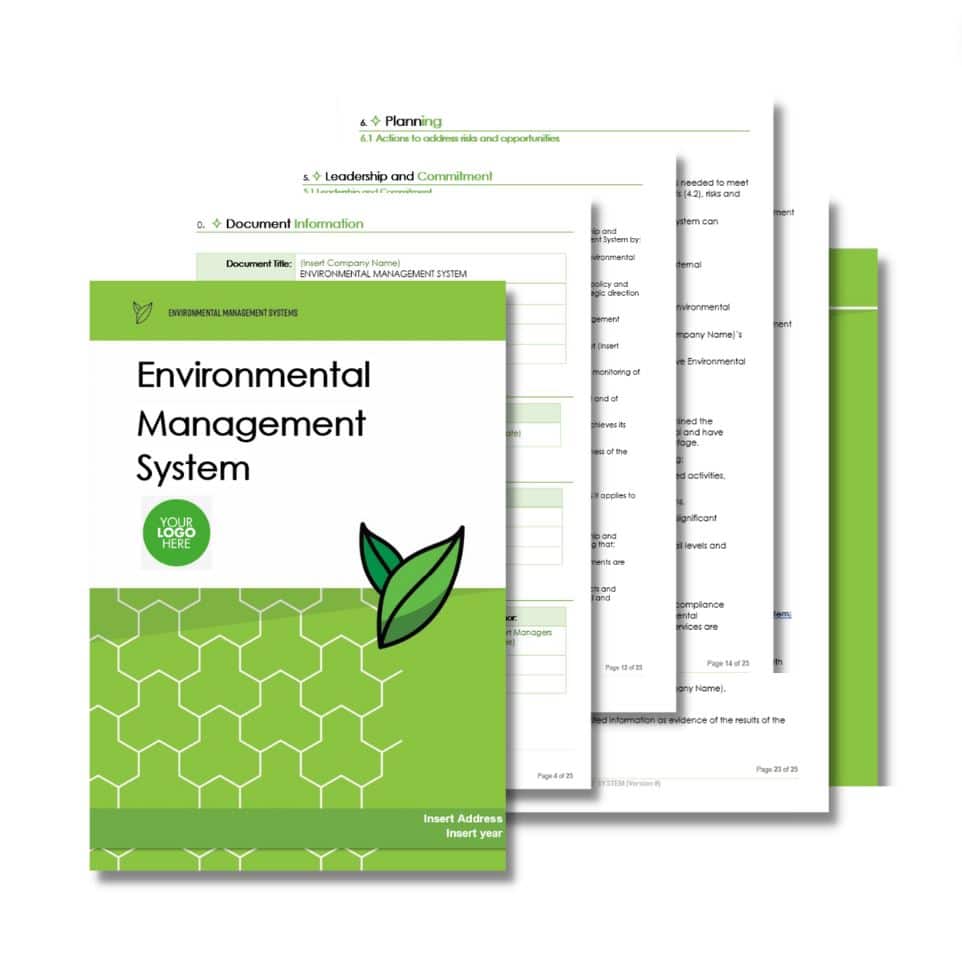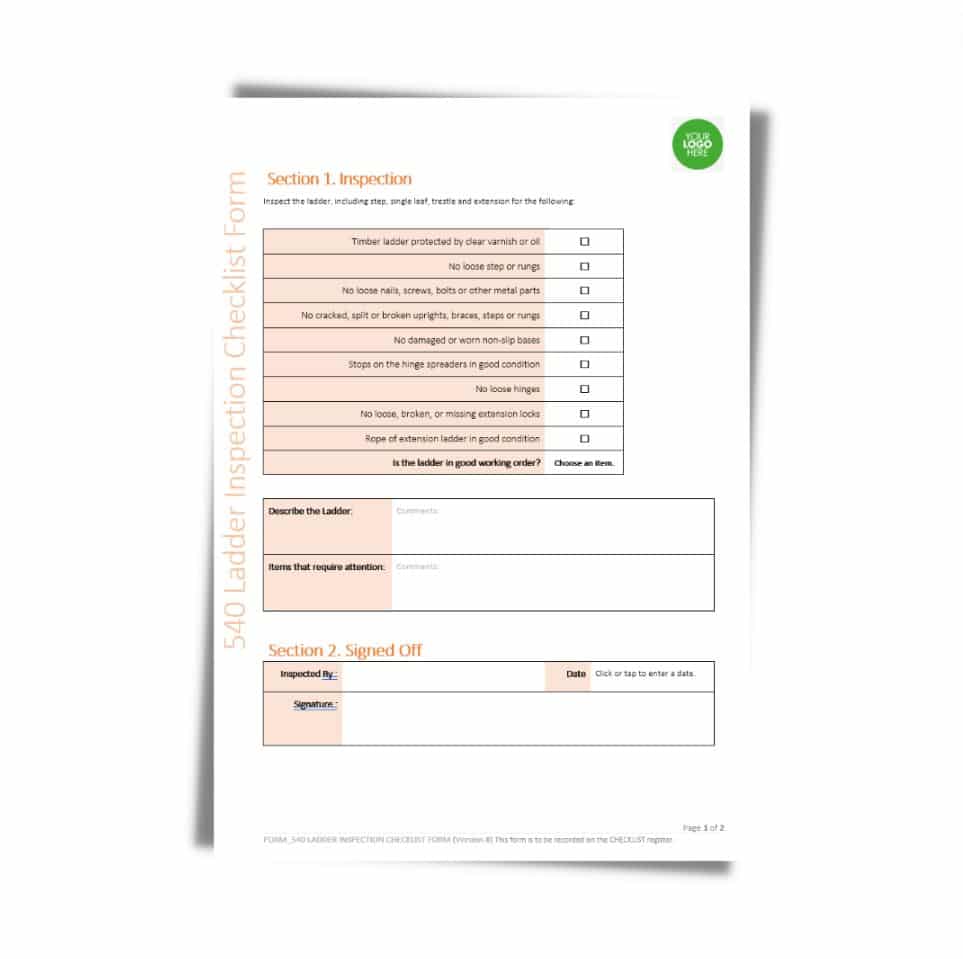Emergency Management Procedure 205
$145.00
- Complies with current regulations and legislation
- Instantly downloadable document
- Compatible with Microsoft Word and editable to add your brand logo and colours
description
Emergencies can occur anytime and often unexpectedly. Confusion, panic and chaos can be as dangerous as the emergency itself.
The best way to deal with an emergency is to be organised and prepared well before it takes place. By planning, businesses can help reduce the impact an incident might have on health and safety and reduce the risk of injuries sustained during the evacuation process.
To do this, businesses can adopt or improve their emergency management procedure. This procedure explains the appropriate steps that should be taken in the event of an emergency. It helps to evacuate people safely and efficiently from areas where there is an imminent threat to health and safety.
Evacuation may be required in a variety of emergencies, including fires, earthquakes, gas leakages, chemical spills, airborne contaminants, medical emergencies, armed intruders and bomb threats. The procedure also includes checklists in the case of a bomb threat or armed intruder.
The Emergency Management Procedure includes:
- specific roles of emergency personnel
- equipment for emergency personnel
- emergency and evacuation procedures
- assembly areas
- safety requirements
- building requirements
- fire safety systems and equipment, and
- in-depth procedures relating to different emergencies.
The procedure works in conjunction with the following:
- 500 – Accident, Hazard Report Form
- 501 – Injury/Incident Report Form
- 502 – Hazard, Accident, Injury, Incident Investigation Form
- 525 – Evacuation Report
- 523 – OHS Meeting Form
- REGISTER – Event Register
- REGISTER – Injury/Incident Register
The purpose of the procedure is to ensure that staff are aware of the emergency management procedures applying to all workplaces.
Related Products
Get unlimited access to our entire ISO Library






